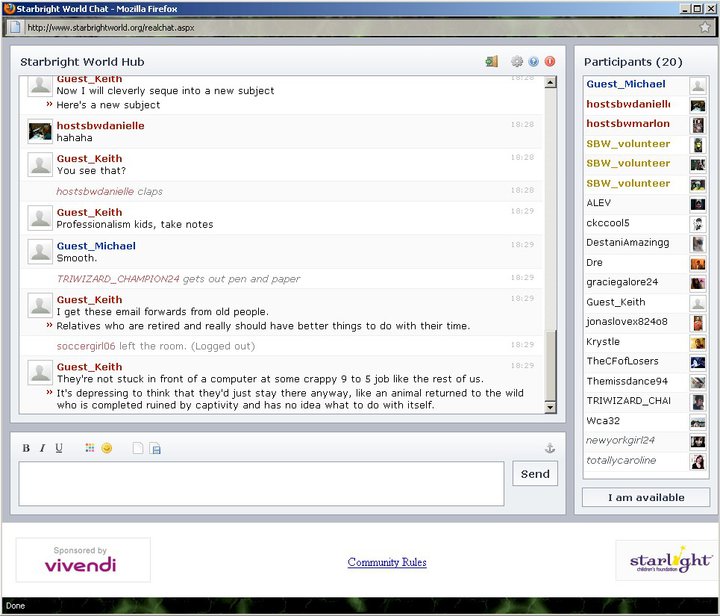
:no_upscale()/cdn.vox-cdn.com/uploads/chorus_asset/file/5997835/Screen_Shot_2016-02-04_at_9.15.58_AM.0.png)

But soon, a better size compromise emerged: the digital paper doll.

“I was not happy about this turn of events at all, as this new style took up more screen real-estate and made it harder to cram people into a room,” Bumgardner added. “That kind of thing, or pictures of Fabio, or various bodice-ripping stuff.” “There was a Valentine’s Day party on Mansion, and suddenly there were a ton of romantic nine-prop scans from Victoria’s Secret catalogs everywhere,” Bumgardner told me. Early on after The Palace’s release, players stuck with smiley faces wearing hats or glasses. “ initially scared me, because I was afraid it would cause the place to fill with shitty artwork, and it kind of did,” Bumgardner said. Before the public beta, a colleague convinced Bumgardner to turn on avatar customization. The Palace’s first avatars were generic smiley faces - essentially, 3D-modelled tennis balls with faces instead of seams. Bumgardner had been dreaming up a chat server like The Palace since the mid ‘80s, though at that time, it was more of a text-based bulletin board called “The Mansion.” He finally created The Palace while working at Time-Warner as a lead programmer in 1994, and after a year in development, The Palace’s main server opened in 1995. There were rules about behavior, but enough space to experiment. The Palace, as envisioned by creator Jim Bumgardner, was a place where users could create avatars and chat semi-anonymously. Messing up was part of the process, a way to learn. There were no tabs to accidentally cut off, no clothes to accidentally rip. Digital paper dolls on The Palace, which represented the users chatting to each other, didn’t have to be cut out of magazines, with no careful maneuvering around each ruffled embellishment. I could customize these, too, but that wasn’t only an option - it was encouraged. There, I found digital paper dolls much like the ones I used to play with. It was from those AOL chat rooms that I found out about The Palace, a visual chat server where I could interact with other people pretending not to be 11 year old girls. Soon after my family got a computer in 1997, I started trolling AOL chat rooms, mostly ones dedicated ‘NSYNC. Often, I colored in the hair to a dark brown and added overwhelming freckles to the girl’s face. The girls in the magazine rarely looked like me - they offered a limited version of femininity, reduced mostly to petite bodies with perfectly coiled blonde hair. I grew up playing with paper dolls, dutifully cutting figures out of McCall’s magazine week-after-week.


 0 kommentar(er)
0 kommentar(er)
